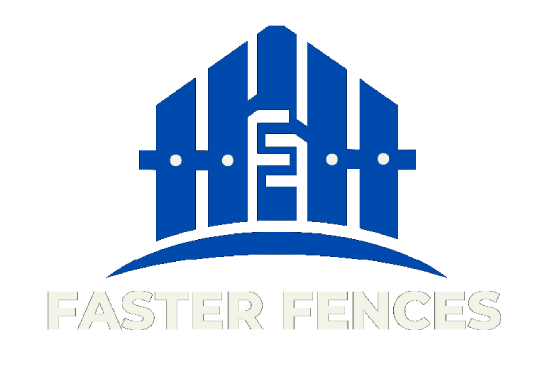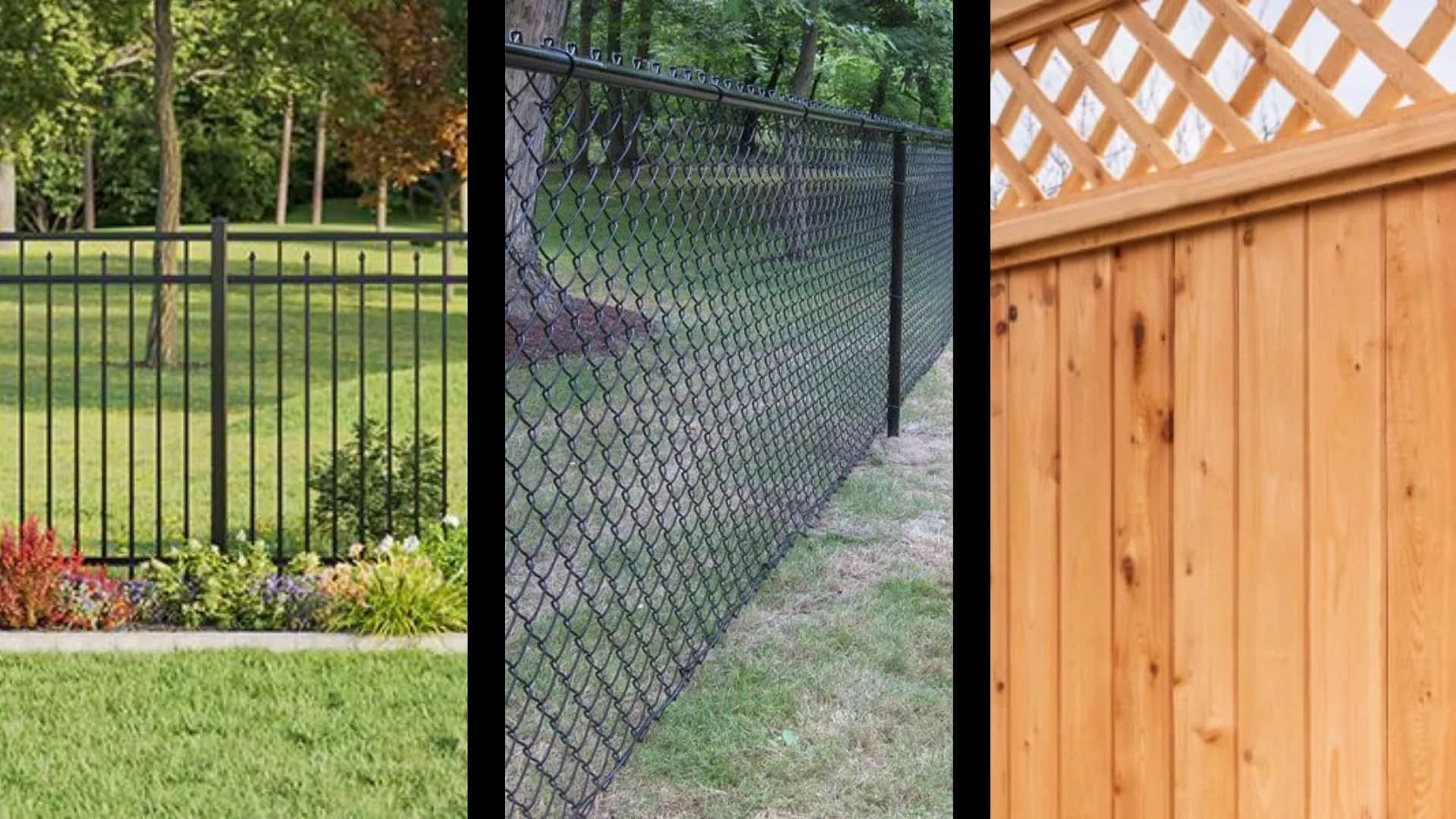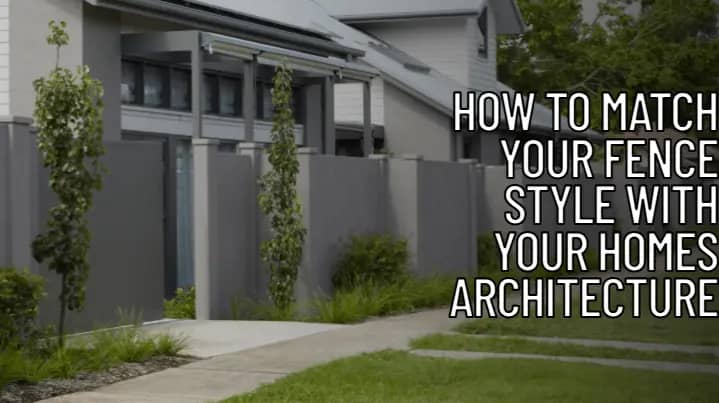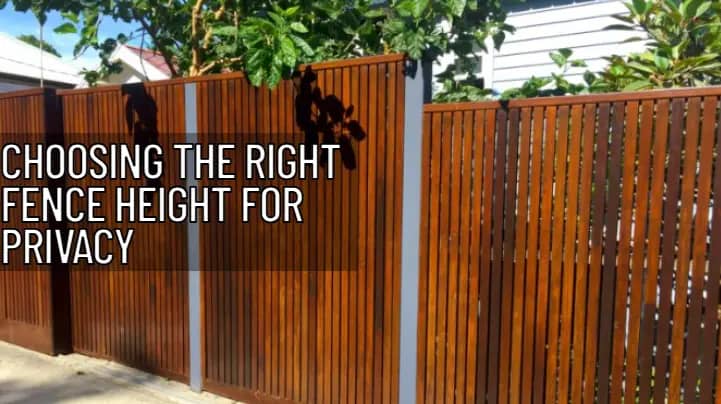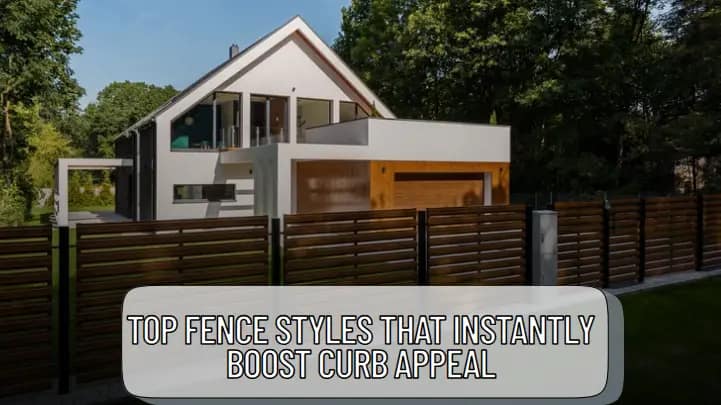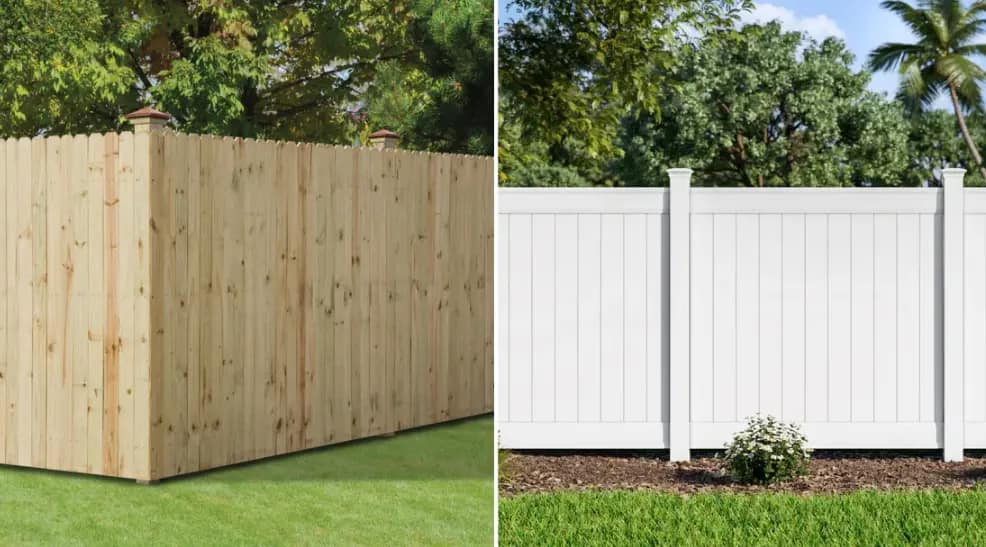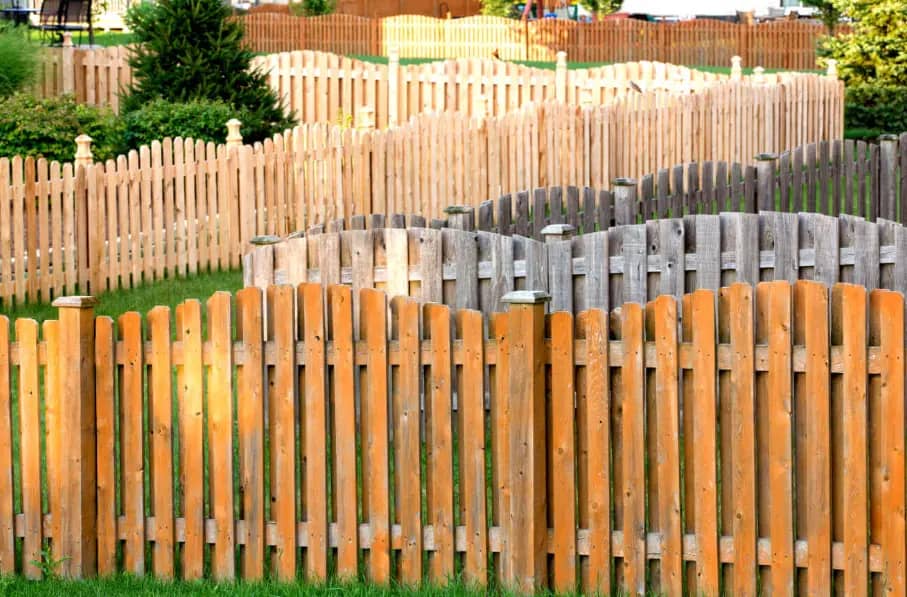You have multiple reasons to choose a wood fence for your property. First of all, it has that natural look that adds to your home’s aesthetic value. Second, it is very cost-effective, particularly when compared to other fence materials. Then, there’s the fact that it’s easy to install and modify. All these, among others, are fantastic reasons to choose a wood fence to secure your property.
The next decision you need to make is the type of wood to be used for your fence. Choosing a wood fence is just the first step. The next one is to look at the various options available to you. Once you start looking, you’ll find many choices open to you. Exploring different types of wood for fences will help you pick the right one for your property. This guide will help you as you go through the process of making your decision.
Your Wooden Choices
The following are some of the most common wood varieties used in fence construction, helping you make an informed decision for your property.
Cedar
Cedar stands out as one of the most popular choices for wooden fences, and for good reason. This naturally rot-resistant wood contains oils that repel insects and prevent decay, making it an excellent choice for outdoor applications.
Advantages:
Natural resistance to decay and insects
Lightweight and easy to work with
Beautiful reddish-brown color that weathers to a distinguished gray
Minimal shrinking and warping
The life expectancy of 15-25 years with proper maintenance
Drawbacks:
Higher initial cost compared to pressure-treated pine
May require periodic sealing to maintain color
Softer wood that can be more susceptible to damage
Pressure-Treated Pine
This economical option undergoes chemical treatment to resist rot, fungus, and insect infestation, making it a practical choice for many homeowners.
Advantages:
The most affordable wood fencing option
Readily available at most lumber yards
Good resistance to insects and decay
The life expectancy of 15-20 years with proper maintenance
Drawbacks:
Can warp or twist as it dries
May require regular maintenance
Less attractive than natural woods
Chemical treatment may raise environmental concerns
Redwood
Known for its striking appearance and natural durability, redwood represents a premium choice for fence construction.
Advantages:
Naturally resistant to rot and insects
Beautiful rich color
Excellent dimensional stability
Can last 20-30 years with proper care
High-end aesthetic appeal
Drawbacks:
One of the most expensive options
Limited availability in some regions
May require regular maintenance to preserve color
Cypress
This durable wood species offers natural protection against decay and insects, making it particularly suitable for humid climates.
Advantages:
Natural resistance to rot and insects
Handles moisture well
Beautiful grain pattern
Life expectancy of 20-30 years
Less prone to warping than other woods
Drawbacks:
Can be expensive
May not be readily available in all areas
Color can vary significantly between boards
Black Locust
Though less common, black locust offers exceptional durability and natural resistance to decay.
Advantages:
Extremely dense and durable
Natural resistance to rot
Can last 30+ years
Requires minimal maintenance
Environmentally sustainable option
Drawbacks:
Limited availability
It can be difficult to work with due to the density
Higher initial cost
May develop checks and splits
Maintenance Considerations
Regardless of the wood type chosen, proper maintenance remains crucial for maximizing fence longevity:
- Regular inspection for damage or decay
- Prompt repair of any damaged boards
- Periodic cleaning to remove dirt and mildew
- Application of water-resistant sealant every 2-3 years
- Proper drainage around fence posts
- Keeping vegetation away from fence boards
The choice of wood for your fence ultimately depends on your specific needs, climate conditions, budget, and aesthetic preferences. While premium options like redwood and cedar offer superior durability and appearance, pressure-treated pine provides a cost-effective alternative that still delivers reasonable performance with proper maintenance. To get proper guidance, contact us at Faster Fences – the leading name in fence services in the US!
